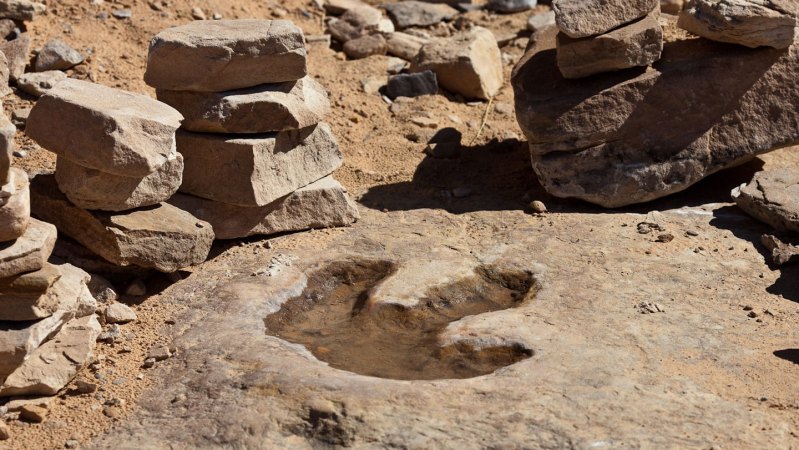Research on modern birds is shedding new light on the speed at which dinosaurs moved. A study involving the footprints of guinea fowl, conducted by scientists at the University of Cape Town, reveals important insights into the locomotion of these ancient creatures. By examining how these birds walk in mud, researchers aim to validate previous assumptions about dinosaur agility.
The study highlights that the tracks left by today’s birds can closely resemble those made by dinosaurs. This similarity offers a unique opportunity to better understand how fast these extinct animals might have traveled. The team focused on the way guinea fowl navigate muddy terrain, which can mimic the conditions under which dinosaur footprints were formed.
Researchers recorded the speed at which guinea fowl walked while leaving footprints in various types of mud. Their findings indicate that the depth and shape of the tracks can provide vital clues about the speed and weight of the animals that made them. This method allows for a more accurate reconstruction of dinosaur movement, challenging earlier estimates that relied solely on fossilized evidence.
Insights from Modern Birds
The study, published in 2023, emphasizes the notion that observing modern species can enhance our understanding of ancient ecosystems. Since birds are the closest living relatives of dinosaurs, their movement can offer critical context. The analysis of the guinea fowl’s footprints revealed that speed correlates significantly with the depth of the tracks. This correlation suggests that by measuring how deep a footprint sinks into the ground, scientists can estimate how quickly the animal was moving.
According to the researchers, this approach can refine the estimates of dinosaur speeds, which have typically ranged from 5 to 40 kilometers per hour, depending on the species. By applying techniques used in studying bird locomotion, paleontologists can better ascertain how these giant creatures navigated their environments.
The implications of this research extend beyond mere curiosity about dinosaur behavior. Understanding the speed of these animals can provide deeper insights into their hunting strategies, migration patterns, and interactions with other species in their ecosystems.
Future Directions in Paleontological Research
The collaboration between ornithologists and paleontologists marks a significant step forward in the field. It opens avenues for further studies that utilize modern animal behavior to unlock the mysteries of the past. This research not only enhances our knowledge of dinosaurs but also highlights the interconnectedness of life through evolutionary history.
As scientists continue to investigate the relationship between modern birds and their dinosaur ancestors, the methodology developed from this study could be adapted to other species as well. The insights gained from this work may lead to new discoveries about how various ancient creatures moved and interacted with their habitats.
Overall, the findings from the University of Cape Town serve to remind us of the value of using contemporary analogs to understand prehistoric life. As researchers look to the past, they also illuminate the path for future studies in paleontology and ecology.
